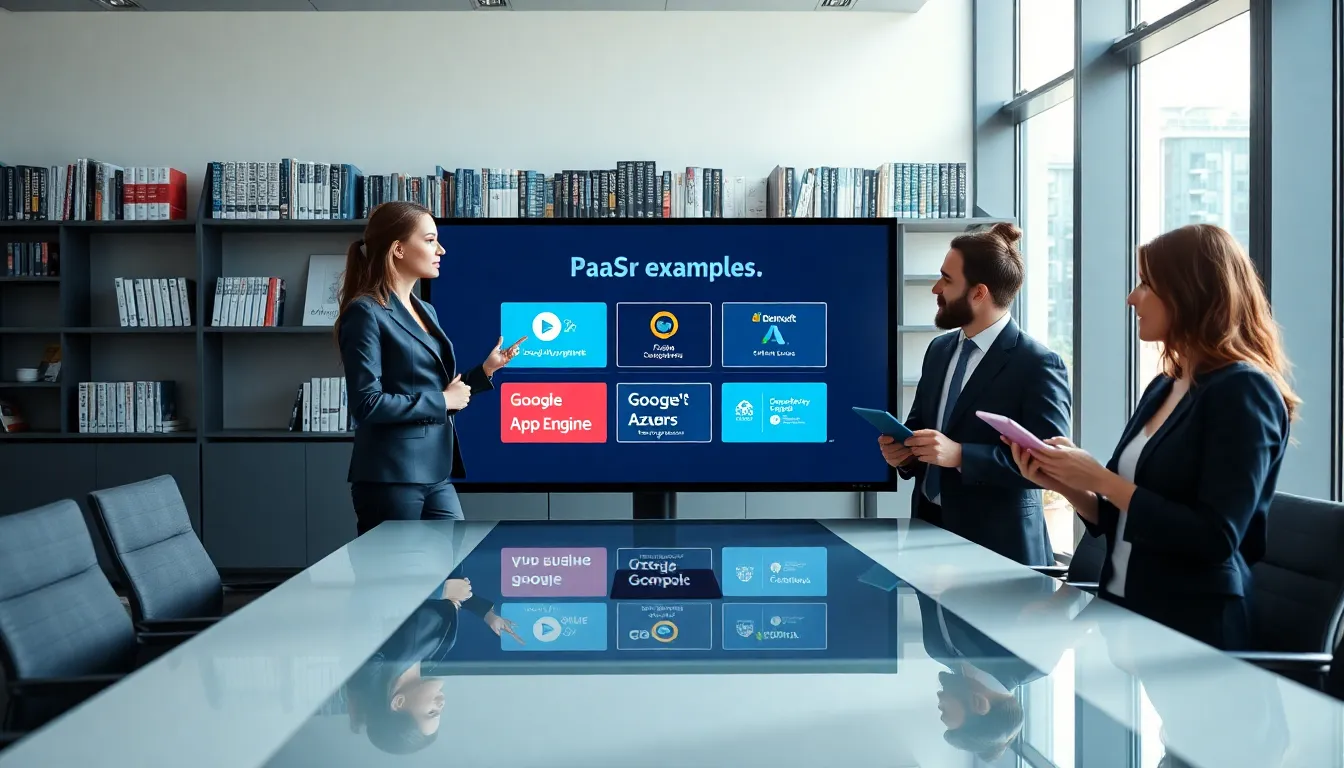In the fast-paced world of technology, software maintenance often takes a backseat to shiny new features and flashy updates. But let’s face it: neglecting maintenance is like ignoring a leaky faucet—eventually, it’ll flood your entire house! Keeping software in tip-top shape isn’t just a good idea; it’s essential for performance, security, and user satisfaction.
Table of Contents
ToggleOverview of Software Maintenance
Software maintenance plays a critical role in the technology landscape. Its significance often goes unnoticed, even though it ensures software remains effective and secure over time.
Definition and Importance
Software maintenance involves the ongoing process of updating, modifying, and fixing software applications. It’s essential for preserving both functionality and performance. Regular maintenance fosters adaptability in response to changing user needs and technological advancements. Companies that prioritize maintenance experience enhanced security, which mitigates risks like data breaches. It also boosts user satisfaction, as consistent updates can improve usability and provide new features. Ignoring maintenance can result in system failures, which decreases an organization’s overall productivity.
Types of Software Maintenance
Software maintenance can be broadly categorized into four types: corrective maintenance, adaptive maintenance, perfective maintenance, and preventive maintenance. Corrective maintenance addresses issues like bugs or defects, ensuring the software runs smoothly. Adaptive maintenance modifies software to align with new hardware or software environments. Perfective maintenance enhances system features based on user feedback, thus improving overall functionality. Lastly, preventive maintenance focuses on identifying and mitigating potential issues before they escalate into significant problems. Each type serves a distinct purpose, contributing to the software’s longevity and reliability.
Challenges in Software Maintenance

Software maintenance faces various challenges that can hinder its effectiveness. Understanding these challenges helps organizations manage software better.
Common Issues Encountered
Developers often deal with a lack of documentation, complicating maintenance efforts and making it harder to understand existing code. Legacy systems present another challenge; they may require specialized knowledge which is often scarce. Bugs frequently emerge during updates, as new code can introduce unforeseen issues. Compatibility problems arise when software interacts with newer technologies or platforms. Team communication issues can lead to misunderstandings, resulting in delayed fixes and increased frustration among users.
Impact on Software Quality
Neglecting maintenance directly affects software quality. Frequent bugs can lead to system downtime, frustrating users and reducing overall satisfaction. Poor adaptability to changing technologies may render software obsolete, making it less competitive in the market. Inconsistencies in implementation can compromise security, exposing systems to vulnerabilities. Regular maintenance ensures that software remains aligned with user needs, thereby enhancing its functionality and reliability. Prioritizing maintenance ultimately preserves software quality and provides users with a more stable experience.
Effective Software Maintenance Strategies
Effective software maintenance strategies enhance software longevity and reliability. Employing both proactive and reactive approaches ensures the software remains functional and meets user needs.
Proactive Maintenance Approaches
Proactive maintenance approaches focus on anticipating and addressing potential issues before they affect performance. Regular updates and patches secure systems and enhance software features. Routine monitoring identifies performance bottlenecks early, preventing major disruptions. Users gain insights through feedback loops, allowing for continuous improvements. Analytics tools help track application performance, ensuring developers make informed decisions. By prioritizing preventive measures, organizations reduce long-term costs and uphold user satisfaction.
Reactive Maintenance Approaches
Reactive maintenance approaches involve addressing issues after they arise, a necessary complement to proactive strategies. Quick response times mitigate user disruptions and maintain software reliability. Patch management assists with fixing bugs immediately, limiting downtime and enhancing user experience. Thorough documentation of incidents aids in understanding recurring issues, leading to more effective long-term solutions. Teams should communicate clearly to resolve problems efficiently and minimize impact on users. Ultimately, balancing proactive and reactive maintenance sustains software quality and fulfills user demands.
Tools and Technologies for Software Maintenance
Effective software maintenance relies on various tools and technologies. These resources help streamline processes, enhance software quality, and respond swiftly to user needs.
Automated Testing Tools
Automated testing tools play a vital role in maintaining software quality. They reduce the time spent on manual testing while increasing accuracy. Popular options include Selenium for web applications and JUnit for Java-based projects. These tools enable assurance that new updates do not introduce bugs, facilitating smooth software performance. Testing frequently allows teams to identify issues early, ensuring user satisfaction remains high. Consistent use of automated testing results in faster feedback loops and more efficient maintenance cycles.
Configuration Management Tools
Configuration management tools improve consistency and stability in software environments. Tools like Puppet and Chef automate the configuration process, ensuring systems are set up correctly and securely. These resources allow teams to manage changes effectively, reducing the risk of errors during updates. By maintaining accurate documentation and maintaining configuration states, teams can quickly adapt to evolving user needs. Continuous integration tools like Jenkins can also streamline deployment, enhancing overall maintenance efficiency. Using configuration management promotes a cohesive approach to software maintenance and enhances system reliability.
Best Practices for Software Maintenance
Effective software maintenance ensures optimal performance and user satisfaction. Adhering to best practices can significantly enhance software reliability.
Documentation and Knowledge Management
Comprehensive documentation supports maintenance efforts by providing clear guidance on updates and changes. Establishing a centralized knowledge base enables team members to quickly access critical information. Regularly updating documentation keeps all stakeholders informed of system changes. Knowledge management practices facilitate smoother transitions for new team members. Implementing a structured approach to document management minimizes confusion and accelerates troubleshooting.
Regular Updates and Patches
Consistent updates and patches safeguard software against vulnerabilities and bugs. Prioritizing regular schedules for maintenance reduces the risk of system failures. Automated updates enhance efficiency by applying necessary fixes without manual intervention. Addressing security vulnerabilities promptly fortifies the software’s defenses against potential threats. User feedback can also inform the prioritization of issues to address in upcoming patches, ensuring that software evolves in line with user needs.
Prioritizing software maintenance is essential for sustaining functionality and user satisfaction. By implementing proactive and reactive strategies, organizations can address potential issues before they escalate while also ensuring quick resolutions when problems arise. Embracing the right tools and best practices not only enhances reliability but also aligns software with evolving user needs.
Maintaining software isn’t just about fixing bugs; it’s about fostering a stable environment that promotes growth and innovation. Regular updates and comprehensive documentation play a pivotal role in this process, ensuring that software remains secure and efficient. Ultimately, a commitment to maintenance translates into improved performance and a better experience for users.




